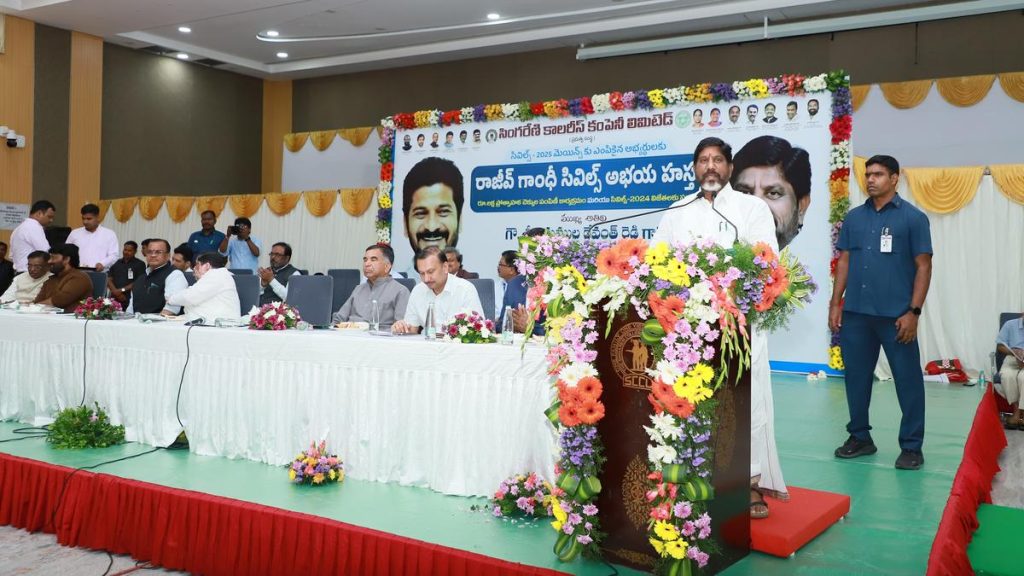Now Reading: Kerala: Survey Counts 1,365 Nilgiri Tahrs
-
01
Kerala: Survey Counts 1,365 Nilgiri Tahrs
Kerala: Survey Counts 1,365 Nilgiri Tahrs
Fast Summary
- The joint Nilgiri tahr census in Kerala and Tamil Nadu reported a total population of 2,668 Nilgiri tahrs: 1,365 individuals in Kerala and 1,303 in Tamil Nadu.
- Eravikulam National Park (ENP) in Munnar hosts the largest contiguous population of Nilgiri tahrs in Kerala at 841 individuals.
- Ninety percent of Kerala’s tahr population is concentrated within the Munnar landscape; major populations in Tamil Nadu are located at Mukurthi National Park and Grass Hills National park.
- Controlled burning techniques have been credited wiht ensuring food security for tahrs by rejuvenating grasslands for grazing. Approximately 97 sq km of ENP will undergo controlled burning over the next three years.
- Controlled burning supports food security,increases productivity among animals,reduces tiger/leopard straying into human habitats due to stable prey availability inside ENP,and draws upon customary knowledge from tribal communities.
- census surveys utilized standardized methods like ‘Bounded Count’ and ‘Double Observer,’ improving data reliability. Historical habitat loss for Nilgiri tahr due to plantations and land development was highlighted as a concern.
- The survey revealed rich biodiversity within tahr habitats that includes apex predators (tigers, leopards) along with endemic species like Nilgiri langurs and lion-tailed macaques.
- minister A.K. Saseendran released the census report during celebrations marking fifty years sence ENP’s establishment.
(Image Description: A file photo showing Nilgiri tahrs inside Eravikulam National Park located in Munnar, Kerala.)
Indian Opinion Analysis
The census results highlight a vital success story regarding conservation efforts for an iconic Western Ghats species-Nilgiri tahr-especially through habitat management strategies like controlled burning at Eravikulam National Park. These efforts not only maintain healthy wildlife populations but also mitigate human-wildlife conflict by curbing predator movement into human settlements.
While current numbers indicate positive trends locally within Kerala’s protected landscapes like ENP, coordinated interstate management with Tamil Nadu becomes increasingly meaningful given shared habitats such as Mukurthi National Park and Grass Hills National Park. Collaborative approaches could focus on restoring fragmented historical ranges to ensure long-term resilience against threats posed by habitat conversion due to infrastructure or plantation activities.
Additionally valuable insights arise from this survey about biodiversity richness linked directly to robust conservation ecosystems hosting apex predators alongside endemic fauna-a crucial link reinforcing ecological balance across landscapes critical to India’s natural heritage preservation.
Read more: Link

























